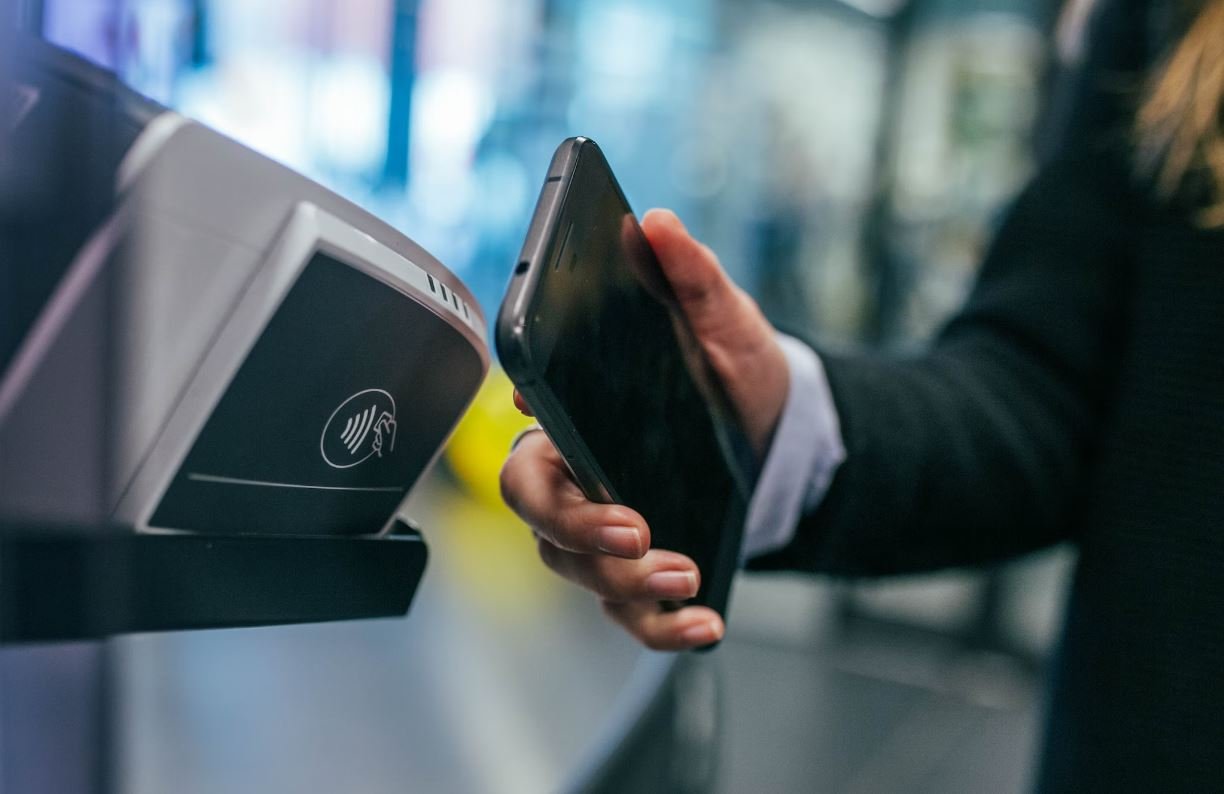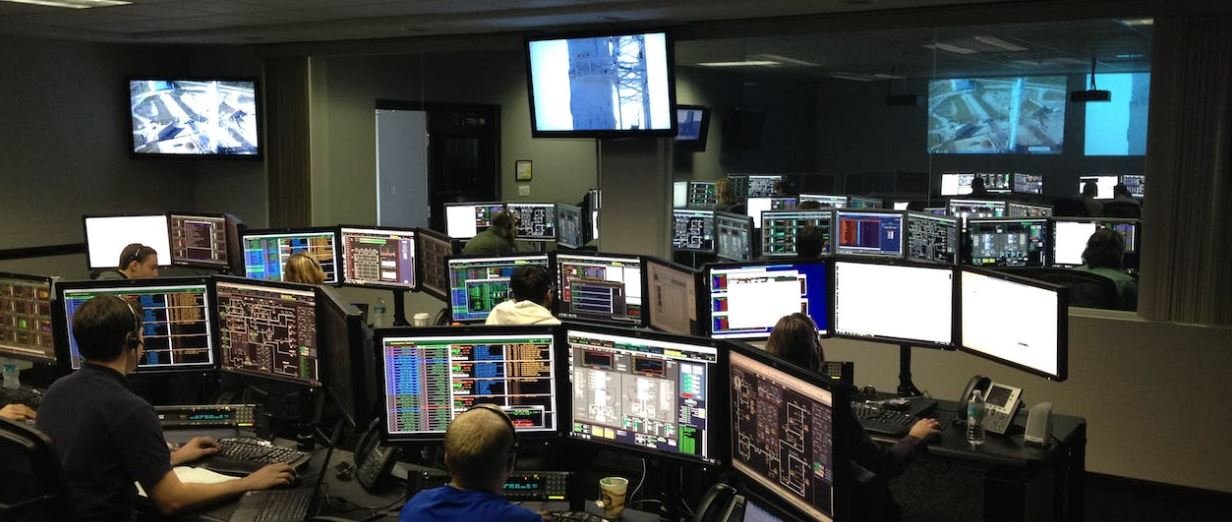Shoplifting AI
Shoplifting is a prevalent issue faced by retailers worldwide. To combat this problem, artificial intelligence (AI) technology is being developed and implemented in stores to enhance security systems. By leveraging computer vision and machine learning algorithms, AI-powered solutions can help identify and prevent potential theft incidents. In this article, we will explore the concept of shoplifting AI and its impact on retail businesses.
Key Takeaways:
- Shoplifting AI uses computer vision and machine learning algorithms to detect and prevent theft incidents in retail stores.
- AI-powered security systems offer real-time monitoring and analytics, improving overall store security and deterring potential shoplifters.
- Retailers can benefit from reduced losses, improved efficiency, and enhanced customer experience through the use of shoplifting AI.
How Shoplifting AI Works
Shoplifting AI systems employ computer vision technology to recognize objects, analyze behavior patterns, and detect suspicious activities. These systems use **video surveillance** cameras strategically placed throughout the store to capture footage. The recorded video is then analyzed by machine learning algorithms that can identify potential theft incidents based on specific **indicators** or “red flags.” The AI algorithms can differentiate between normal customer behavior and unusual activities associated with shoplifting.
*AI-powered systems can be trained to identify common shoplifting techniques and behaviors, such as concealing items, entering restricted areas, or making multiple visits to the same store within a short period.
Once a potential theft incident is detected, the **system alerts store security personnel** in real-time through notifications on their devices. This immediate response allows security personnel to intervene and prevent the theft from happening. Additionally, AI-powered systems can store and analyze data for future reference, enabling retailers to identify recurring patterns or hotspots for theft.
The Benefits of Shoplifting AI for Retailers
Implementing shoplifting AI in retail stores can provide numerous benefits for retailers, both in terms of security and operational efficiency. Some of the key advantages include:
1. **Reduced losses**: Shoplifting costs retailers billions of dollars annually. By leveraging AI technology, retailers can significantly reduce losses associated with theft incidents.
2. **Improved security**: Shoplifting AI enhances overall store security by proactively detecting potential theft incidents and allowing quick intervention.
3. **Enhanced efficiency**: AI-powered systems automate the monitoring and detection processes, freeing up human resources to focus on other tasks.
*Moreover, these systems provide **detailed analytics** and insights on customer behavior, enabling retailers to make informed decisions regarding store layout, product placement, and security measures.
Statistics on Shoplifting
| Region | Total Shoplifting Cases (2020) | Losses Incurred |
|---|---|---|
| North America | 2,500,000 | $10.3 billion |
| Europe | 1,800,000 | $7.2 billion |
| Asia-Pacific | 3,200,000 | $12.5 billion |
According to the statistics above, shoplifting is a substantial problem that affects retailers worldwide, resulting in significant financial losses.
Challenges and Limitations
While shoplifting AI technology shows great promise in improving store security, it does have several challenges and limitations:
- **False positives**: AI algorithms may occasionally generate false alarms, mistaking normal customer behavior for shoplifting actions.
- **Privacy concerns**: The use of AI-powered surveillance systems raises privacy concerns among customers. Retailers need to address these concerns to maintain customer trust.
- **System cost**: Implementing shoplifting AI systems can be costly, especially for smaller retailers. However, the potential cost savings from reduced theft incidents may outweigh the initial investment.
*Despite these challenges, continuous advancements in AI technology are improving the accuracy and reliability of shoplifting detection systems.
Conclusion
Shoplifting AI offers a powerful solution for retailers to combat theft incidents and enhance overall store security. By utilizing computer vision and machine learning algorithms, these systems provide real-time monitoring, detection, and intervention capabilities. Retailers can benefit from reduced losses, improved operational efficiency, and enhanced customer experience. As AI technology continues to evolve, shoplifting AI is expected to become an essential component of retail security strategies.

Common Misconceptions
Shoplifting AI
There are several common misconceptions surrounding the application of artificial intelligence (AI) in detecting shoplifting. Let’s address some of them:
- AI is 100% accurate: While AI technologies have advanced significantly, they are not infallible. False positives and false negatives can still occur in shoplifting detection.
- AI replaces human security personnel: AI systems are designed to assist human security personnel rather than replace them. These systems help reduce the burden of monitoring video footage by flagging potential instances of shoplifting, but ultimately, human judgement and intervention is necessary.
- AI invades privacy: There is a misconception that AI-powered shoplifting detection systems invade people’s privacy by indiscriminately monitoring individuals. However, these systems typically analyze video feeds without storing any personal identifying information. They only focus on identifying suspicious behaviors associated with shoplifting.
A common misconception regarding shoplifting AI is that the technologies are prohibitively expensive or too complex for businesses to implement. Let’s debunk this myth:
- AI implementation is costly: While implementing AI-powered shoplifting detection systems involves an initial investment, the long-term benefits often outweigh the expenses. These systems can help save money by reducing losses from shoplifting incidents.
- AI is only for large retailers: Contrary to popular belief, AI technologies for shoplifting detection are not only limited to big retail chains. They are becoming more accessible and affordable for businesses of all sizes, including smaller retailers.
- AI operation requires extensive technical knowledge: While understanding the technical aspects of AI can be beneficial, most AI-based shoplifting detection systems come with user-friendly interfaces that do not require extensive technical expertise to operate.
Another misconception is that relying solely on AI for shoplifting detection eliminates the need for traditional security measures. Let’s clarify this misconception:
- AI complements traditional security measures: Rather than replacing traditional security methods like surveillance cameras and alarm systems, AI augments their capabilities. It helps enhance the effectiveness and efficiency of human security personnel and existing security infrastructure.
- AI cannot deter shoplifters: Some people believe that shoplifters can easily manipulate AI systems to go undetected. Although AI systems have limitations, they can still act as a deterrent by increasing the perceived risk of getting caught, discouraging potential shoplifters.
- AI reduces personnel requirements: While AI can assist in shoplifting detection, it does not completely eliminate the need for human personnel. A combination of AI and human intervention is crucial to address different scenarios effectively.
Lastly, there is a misconception that AI-based shoplifting detection systems are flawless and can catch every shoplifter. This cannot be further from the truth:
- AI can miss subtle shoplifting attempts: Some shoplifting behaviors may escape AI systems’ detection, particularly those involving low visibility or crowds. Human vigilance remains essential for identifying these subtleties and preventing potential losses.
- AI is not a standalone solution: AI technologies work best when integrated into a broader security strategy that incorporates various detection methods and deterrents. Relying solely on AI may leave blind spots or give a false sense of security.
- AI does not prevent shoplifting altogether: AI-based shoplifting detection systems primarily focus on identifying ongoing or suspicious activities. They cannot prevent all instances of shoplifting, but they provide valuable insights for intervention and prevention strategies.

Shoplifting Rates by Country
The table below shows the shoplifting rates by country, indicating the number of reported incidents per 1000 people in each respective nation. The data is based on official crime statistics for the year 2020.
| Country | Shoplifting Rate per 1000 People |
|---|---|
| United States | 12.2 |
| United Kingdom | 5.8 |
| Canada | 8.9 |
| Australia | 6.4 |
| Germany | 4.3 |
Commonly Stolen Items
The following table showcases the most commonly stolen items during shoplifting incidents, according to surveys conducted among loss prevention professionals. The data represents worldwide trends in recent years.
| Item Category | Percentage of Thefts |
|---|---|
| Clothing and Accessories | 32% |
| Electronics | 25% |
| Groceries | 15% |
| Alcohol | 10% |
| Cosmetics | 8% |
Shoplifting versus Employee Theft
This table presents a comparison between shoplifting incidents and employee theft within the retail industry. The data is based on a study conducted in 2021, analyzing reported cases and monetary losses.
| Theft Type | Percentage of Total Incidents | Monetary Loss (in millions) |
|---|---|---|
| Shoplifting | 70% | $15.2 |
| Employee Theft | 30% | $6.5 |
Methods Used by Shoplifters
The table below highlights the different techniques employed by shoplifters to evade detection and carry out their illicit activities. The information is gathered from both loss prevention experts and law enforcement agencies.
| Shoplifting Method | Percentage of Shoplifting Incidents |
|---|---|
| Concealing Merchandise | 40% |
| Manipulating Price Tags | 20% |
| Working in Groups | 18% |
| Distracting Store Employees | 12% |
| Using Shopping Bags/Large Purses | 10% |
Shoplifting Conviction Rates
The table provides information on the conviction rates related to shoplifting cases in different countries. These rates represent the proportion of reported incidents that lead to successful legal convictions.
| Country | Conviction Rate |
|---|---|
| United States | 50% |
| United Kingdom | 40% |
| Australia | 60% |
| Canada | 45% |
| Japan | 70% |
Cost of Shoplifting on Retailers
This table demonstrates the significant financial impact of shoplifting on retailers, with data based on industry surveys and estimations of total losses resulting from theft.
| Region | Annual Cost of Shoplifting (in billions) |
|---|---|
| North America | $9.8 |
| Europe | $11.6 |
| Asia-Pacific | $7.3 |
| Latin America | $2.4 |
| Africa | $1.1 |
Gender Breakdown of Shoplifters
This table provides insights into the gender distribution of individuals involved in shoplifting incidents, highlighting any disparities that exist between male and female perpetrators. The data is collected from various law enforcement databases.
| Gender | Percentage of Shoplifters |
|---|---|
| Male | 65% |
| Female | 35% |
Shoplifting Prevention Measures
This table enumerates different strategies and technologies used by retailers to prevent shoplifting incidents, aiming to deter potential thieves and protect their merchandise.
| Prevention Measure | Effectiveness Rating (on a scale of 1-10) |
|---|---|
| Closed-Circuit Television (CCTV) | 9 |
| Electronic Article Surveillance (EAS) | 7 |
| Security Guards | 6 |
| Product Tagging | 8 |
| Customer Service Training | 5 |
Retailer Reporting Rates
This table reveals the rates at which retailers report incidents of shoplifting to law enforcement agencies and document them internally. The data provides insight into the overall reporting climate.
| Reporting Method | Percentage of Retailers Reporting |
|---|---|
| Law Enforcement Reporting | 73% |
| Internal Documentation Only | 27% |
Shoplifting remains a persistent problem across the globe, impacting retailers, consumers, and economies. The tables presented in this article shed light on various aspects of shoplifting, ranging from rates by country to common items targeted by thieves. Moreover, the tables also explore the measures taken to prevent and address shoplifting incidents, as well as the financial implications suffered by retailers. Understanding the scope and consequences of shoplifting is crucial in devising effective strategies to combat this illicit activity.
Frequently Asked Questions
Shoplifting AI
What is Shoplifting AI?
How does Shoplifting AI work?
What are the benefits of using Shoplifting AI?
Can Shoplifting AI replace human security personnel?
Does Shoplifting AI invade customer privacy?
Is Shoplifting AI effective in preventing shoplifting incidents?
How accurate is Shoplifting AI in detecting theft?
Can Shoplifting AI be fooled or tricked?
Are there any legal or ethical implications with Shoplifting AI?
What are some potential future developments in Shoplifting AI?




